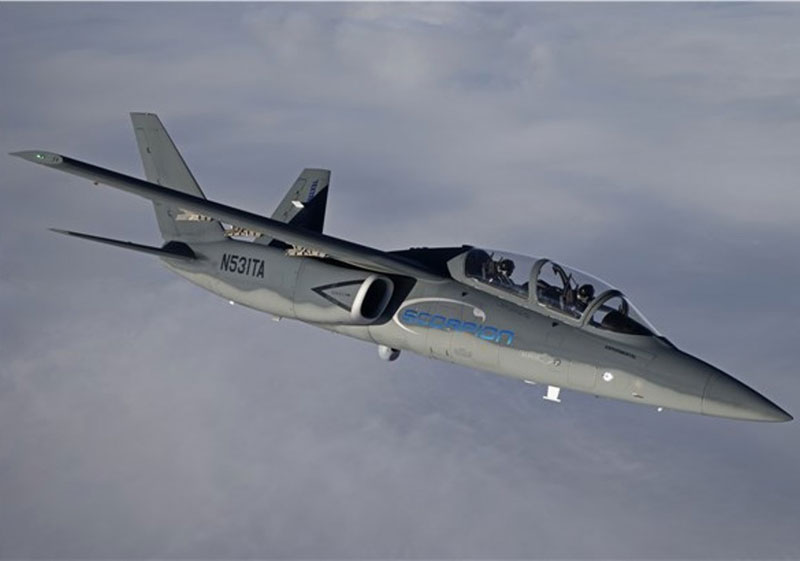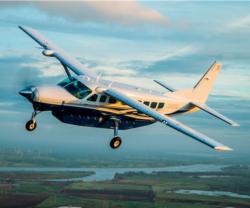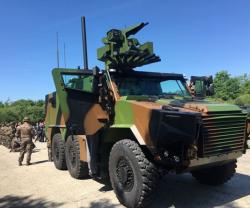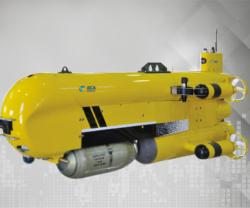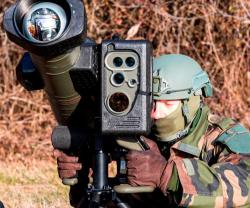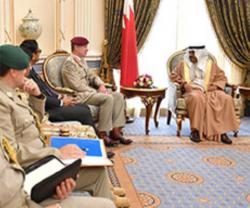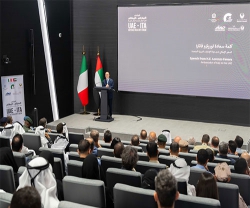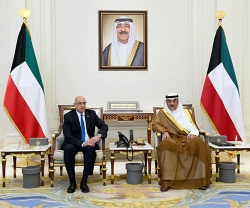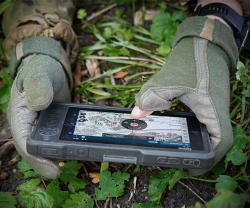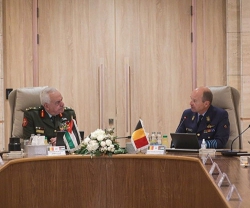With its arrival in Europe, Scorpion will have completed three trans-Atlantic flights and flown numerous demonstrations in the U.S., Europe and Latin America. “We introduced Scorpion to the world at the Royal International Air Tattoo and Farnborough International Air Show last summer. Since then we have completed a full year of flight testing, meeting and exceeding all performance targets,” said Bill Anderson, President of Textron AirLand.
Milestones since First Flight, December 2013:
- With over 385 flight hours and a readiness rating of over 95 percent, Scorpion has accumulated significant accomplishments in the 17 months since first flight.
- Achieved its top speed of 450 KTAS, reached its service ceiling of 45,000 feet and validated its operating cost of less than $3,000 per flight hour.
- In June 2014, Scorpion completed its first trans-Atlantic roundtrip flight covering over 9,200 nautical miles in a total of 38 hours flight time.
- Scorpion’s first military exercise was Operation Vigilant Guard 2014, a large-scale, multi-state disaster response exercise sponsored by U.S. Northern Command and the National Guard Bureau. It provided aerial reconnaissance, transmission of real-time full motion video and communications in support of other aircraft, ground stations and other emergency responders reacting to mock threat scenarios - “mission accomplished” without missing a sortie.
- Scorpion successfully intercepted a low slow flying threat aircraft below 100 KTAS demonstrating its suitability for the Low Slow Threat Aircraft Intercept Requirement as outlined in the NORAD Operation Noble Eagle Defense of North America mission.
- The United States Air Force Test Pilot School (USAF TPS) recently evaluated the Scorpion aircraft as part of Class 14B students’ “Capstone” exercise and to determine suitability as a T-38 replacement for the TPS curriculum. USAF TPS flew the aircraft for four days, achieving 100% mission availability and 100% mission accomplishment.
Scorpion is a multi-mission aircraft designed with diverse capabilities including intelligence, surveillance and reconnaissance, humanitarian assistance, disaster relief, training and precision strike. Aircraft features include twin-engine power, two-seat operation, large internal payload capacity, high-definition ISR cameras, wing-mounted weapons stations, modern avionics, all-composite structure and more.

